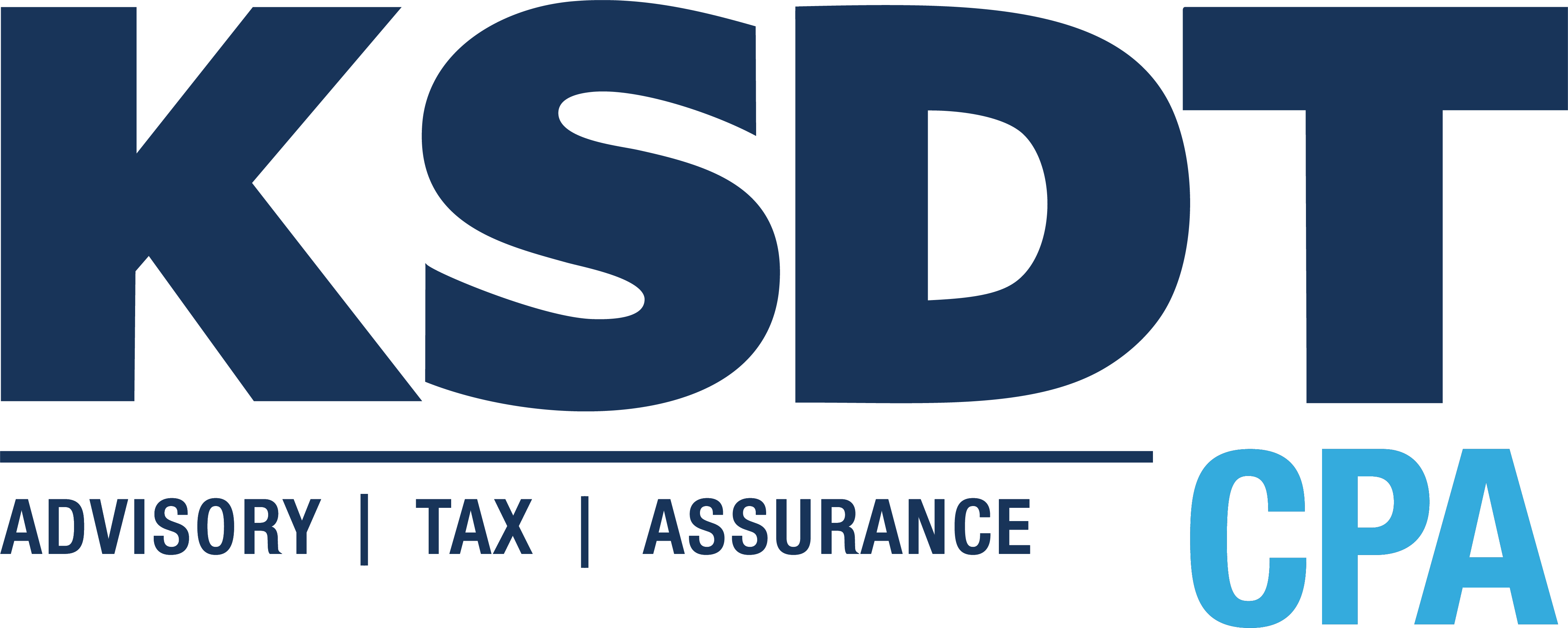The best cakes have layers and layers of different delicious flavors to enjoy. Stacked on top of one another, each layer is baked separately and becomes part of the whole. Like a layer cake, your business expenses have layers of meaning to them. When you can understand how expenses play a part in profit, you can manage them better.
Here’s how to make a layer cake of your business expenses. Let’s start with the most direct expenses. Read more
 Direct Costs
Direct Costs
If you have inventory you will have a balance in the Cost of Goods Sold account. It should represent how much you paid for product or inventory that you are selling. It is the most direct expense of all the expenses; if you don’t spend this money, you would not have a product.
If you sell services, you should not have a balance in Cost of Goods Sold, but you will have direct expenses that are tied to performing your services. These might include labor from wages of the employees who carry out the services for clients. Any supplies directly involved with delivering services should be included as well.
You may also have other direct costs related to selling specific products or to servicing specific accounts.
Indirect Costs
The next layer includes indirect expenses. These expenses do not make up your product directly and might contribute to several different lines of products. Indirect costs might be attributable to a group of products or projects and can be apportioned accordingly.
Overhead
Although overhead is technically a form of indirect cost, it’s good to create a separate layer for it. It includes management salaries, rent, utilities, and other fixed costs that cannot be directly allocated to a product or service.
Assembling the Layers
A wonderful exercise is to classify each of your expense accounts in your Chart of Accounts as direct, indirect, or overhead. In that way, you can see how each account contributes to the costs of running your business. Some questions to ask yourself:
- What is my gross margin before indirect costs and overhead?
- What is my gross profit after indirect costs and before overhead costs?
- How can I cut down on any of these categories of expense?
- What is my breakeven volume in sales before overhead is factored in?
- Can my profit margin be changed if I spent less in a certain area?
This layered view is just another way to view the financial aspects of your business and can help you make better decisions down the road.
You can also break the layers down even further by classifying the expenses as critical and non-critical. This will help you determine where best to invest while maintaining the level of profit you desire.
You can’t manage what you don’t measure. Layering your expenses will help you have your cake and eat it too. And if we can help, just reach out as always.




